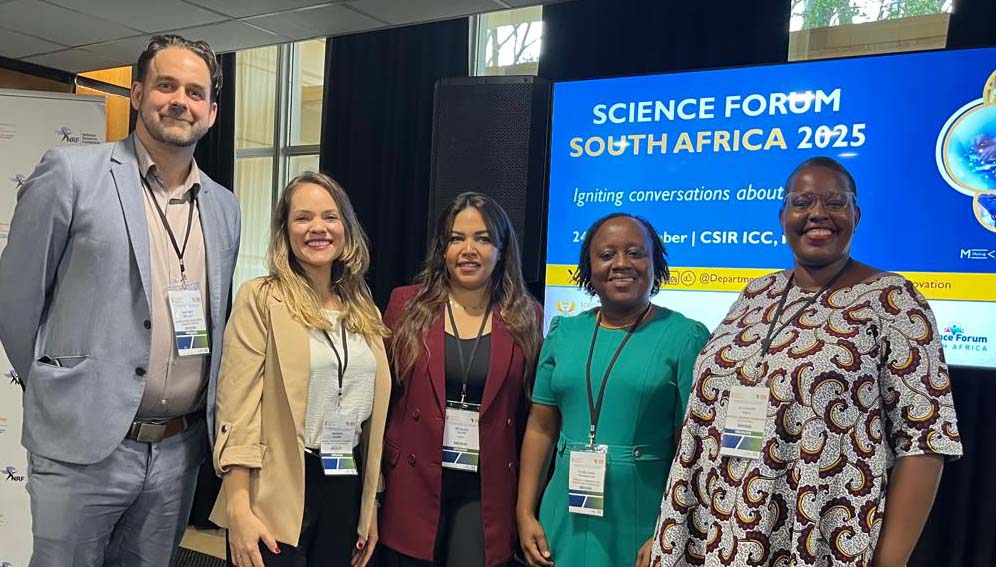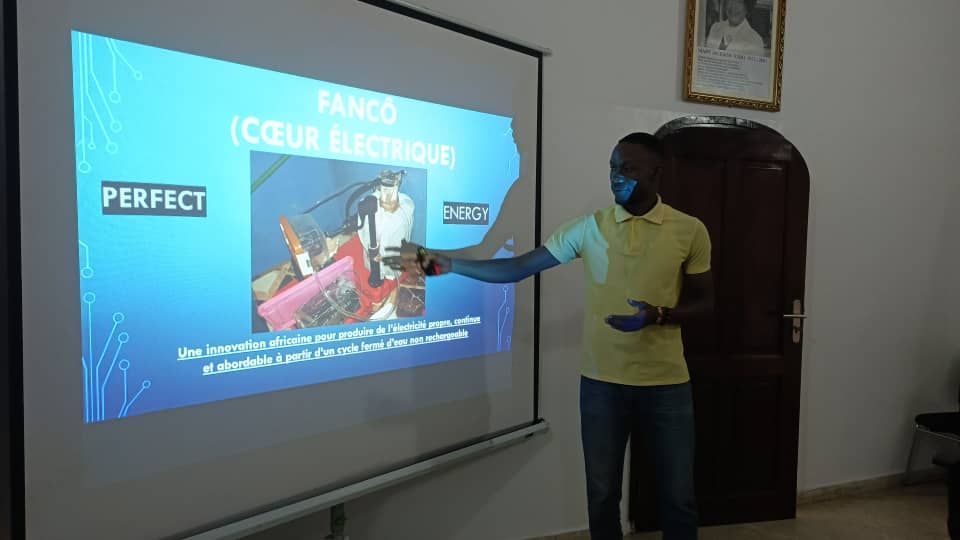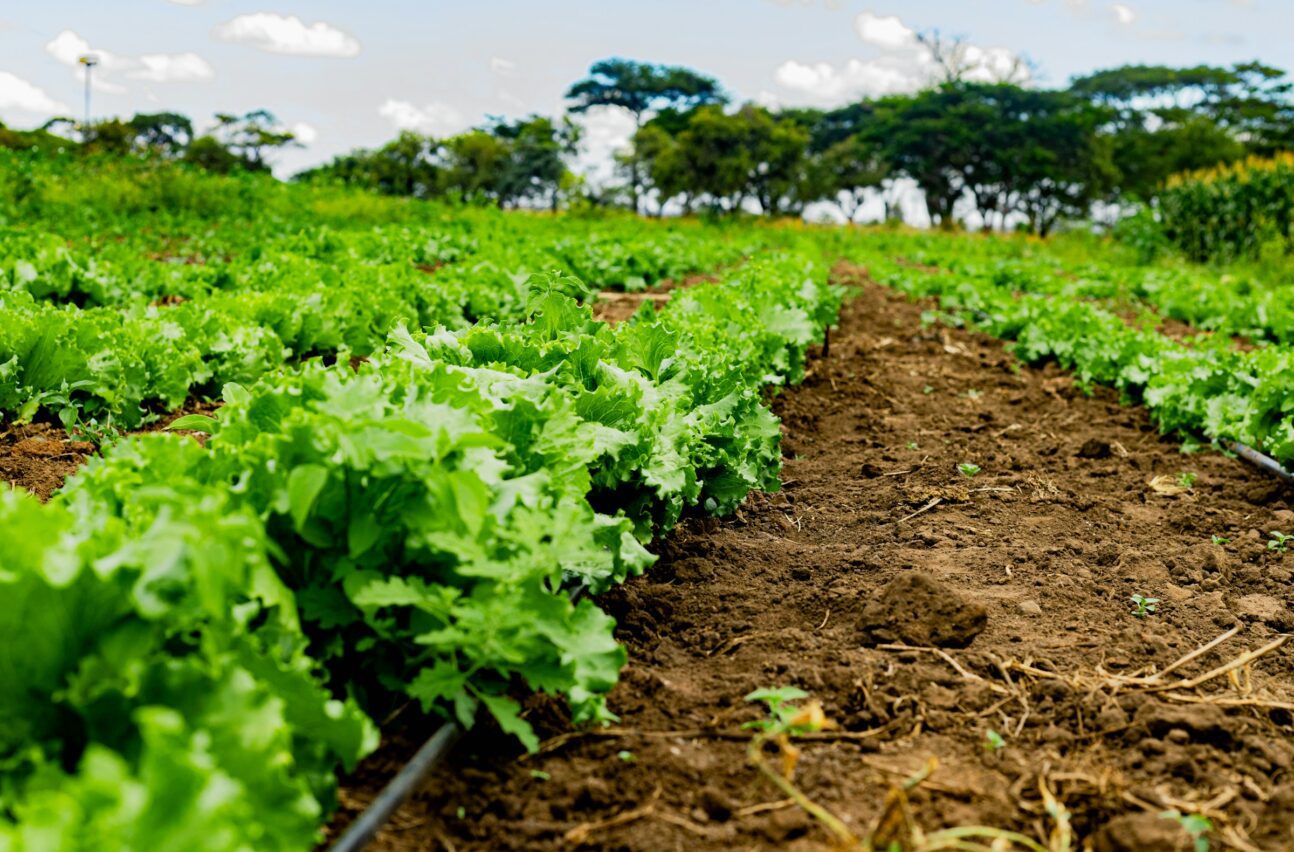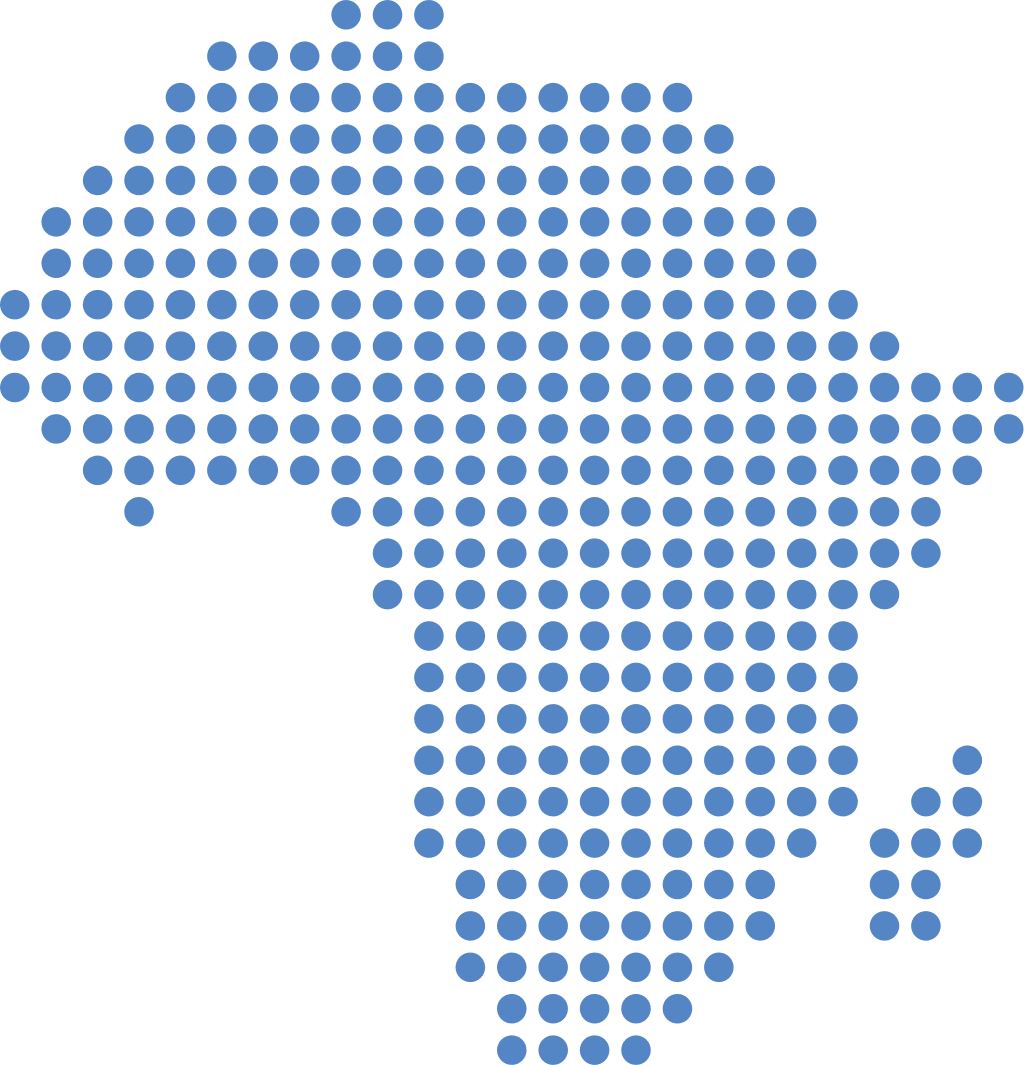SGCI News
The availability of national gender disaggregated data is essential in addressing persisting gender disparities in STI on the African continent, yet comprehensive reviews of available literature are scarce. Through work…
The availability of national gender disaggregated data is essential in addressing persisting gender disparities in STI on the African continent, yet comprehensive reviews of available literature are scarce.
Through work led by South Africa’s Human Sciences Research Council (HSRC), the SGCI has developed a series of country-specific context analyses synthesising available data on gender and inclusivity (G&I) in each SGCI participating country. The series highlights contextual factors driving G&I disparities in STI. Each country report is structured according to the UNESCO STEM and Gender Advancement (SAGA) policy impact areas: social norms and stereotypes, education (primary, secondary and tertiary), the career progression environment, research content and practice, policy, and entrepreneurship and innovation. The series is intended to assist SGCs in identifying areas in their institutional and country contexts in which a gender perspective can be strengthened.
In developing the G&I country context analyses, literature searches on G&I in STI on the continent returned little or inadequate country-specific details. The review methodology drew on published socio-economic, gender and education indicators to illustrate gender disparities along the STI pipeline and consequences for socio-economic development for each country. Attention was also paid to the extent to which diverse overlapping social identities that may compound marginalisation – such as age, race, disability and sexuality, among others – were attended to. Still, the findings demonstrate marked gender data gaps, particularly in the area of structural transformation, rendering some country profiles more detailed than others, with diversity beyond gender data being near absent.
Nevertheless, by using the approach of providing illustrative evidence-based indicator examples of gender disparity and parity gaps (where available) along the STI pipeline, the reports provide nuanced country profiles and evidence for transforming the unequal systems and structures that drive gender inequality.
A key objective of the SGCI theme on Gender and Inclusivity is providing resources to support SGCs in integrating a gender transformative approach across their activities. The G&I theme is led by the Human Sciences Research Council (HSRC) of South Africa in partnership with Gender at Work, the Council for the Development of Social Science Research in Africa (CODESRIA) and Jive Media Africa.
For more information, contact:
Dr Ingrid Lynch and Prof Lyn Middleton, HSRC
Email: LFluks@hsrc.ac.za
Related News
Powering Africa’s science through stronger councils
Strengthening national science granting councils is emerging as one of the most effective pathways for improving how African countries finance and govern science for development. This was the focus of the thematic session on Financing Science for Impact held during the Science Forum South Africa…
Councils seek solutions to research financing crisis
African countries are working to strengthen research quality, ethical practice, and grant management through the Research Excellence and Good Financial Grant Practices Workshop. The Science Granting Councils Initiative (SGCI), together with the Association of African Universities and Senegal’s Ministry of Higher Education, Research and Innovation,…
Innovation awards boost Côte d’Ivoire’s national research drive
The Fund for Science, Technology and Innovation (FONSTI) opened the audition phase for the FONSTI Innovation Prize 2025, marking a decisive moment in a process launched earlier this year to strengthen Côte d’Ivoire’s innovation ecosystem. The auditions follow the official launch of the inaugural Innovation…
SGCI funded projects
Rwanda’s integrated approach to sustainable agriculture and nutrition
Project Titles & Institution Areas of Research Number of Projects being funded Project Duration Grant Amount In-Kind Distribution Council Collaboration with other councils





